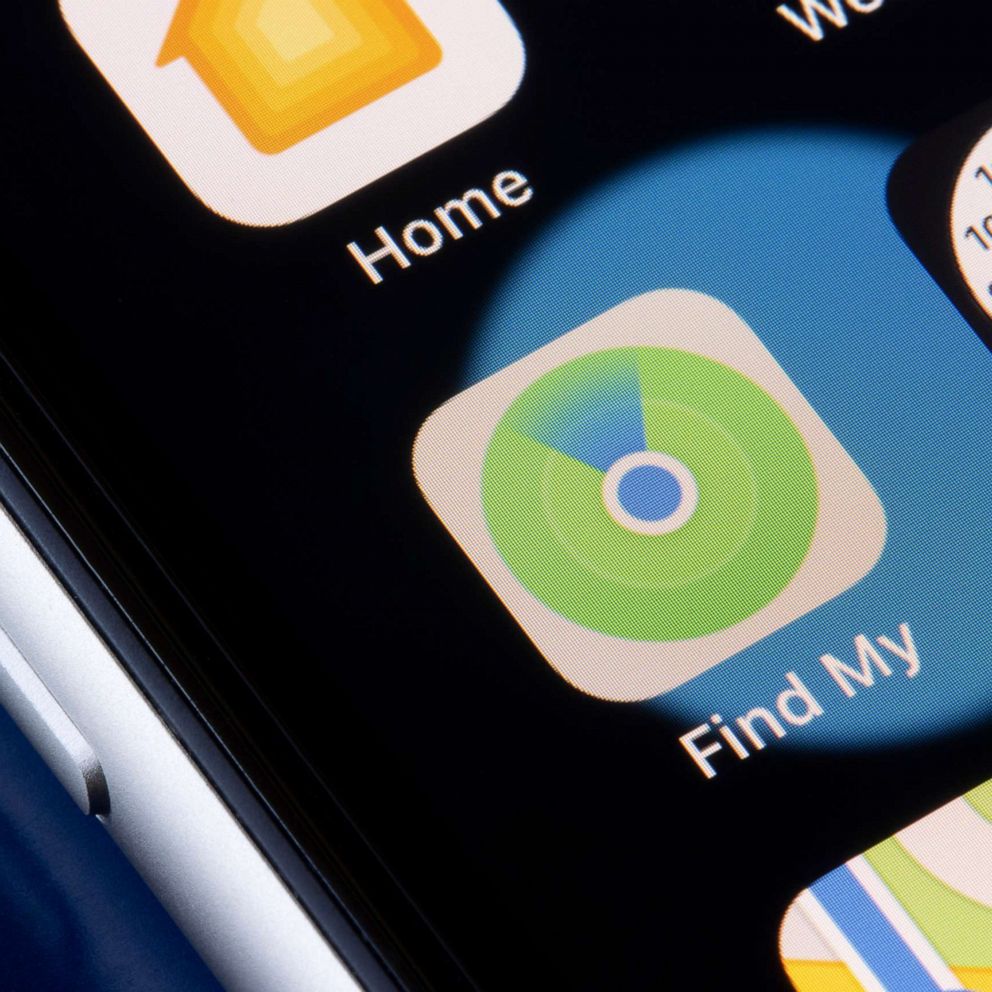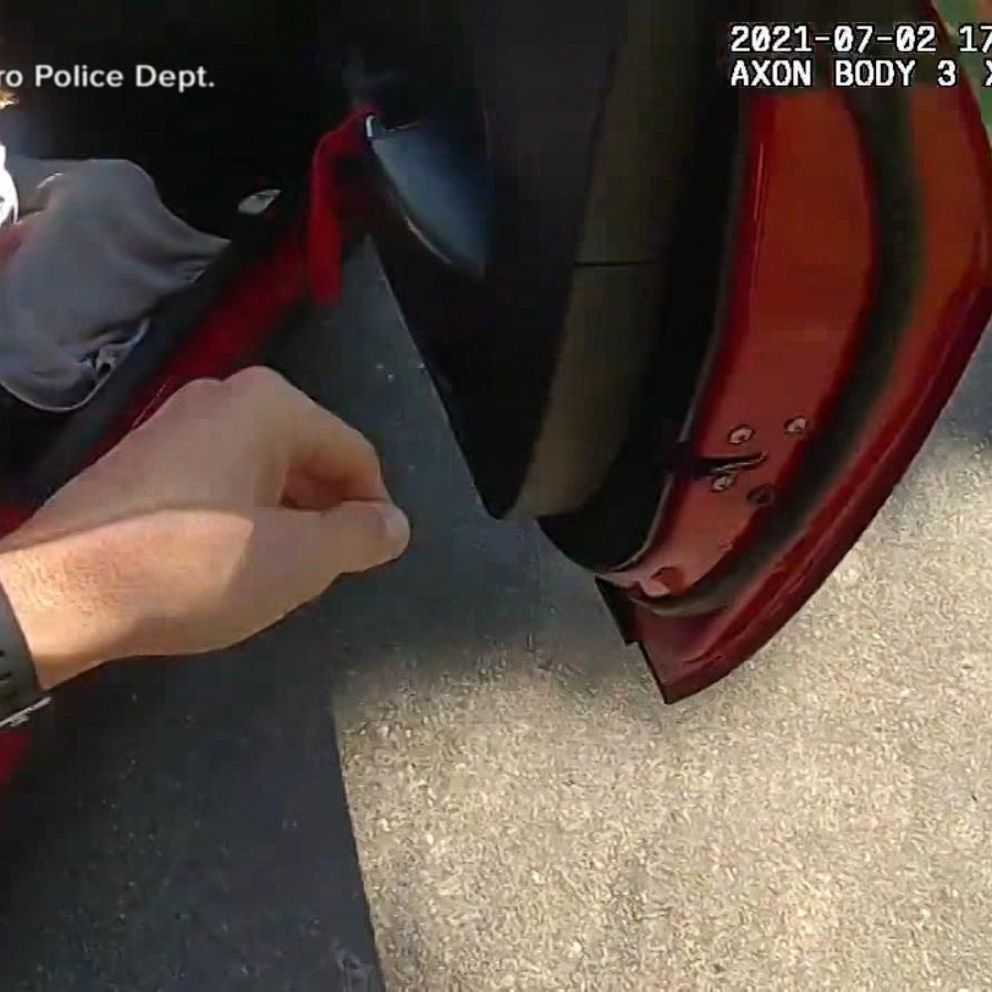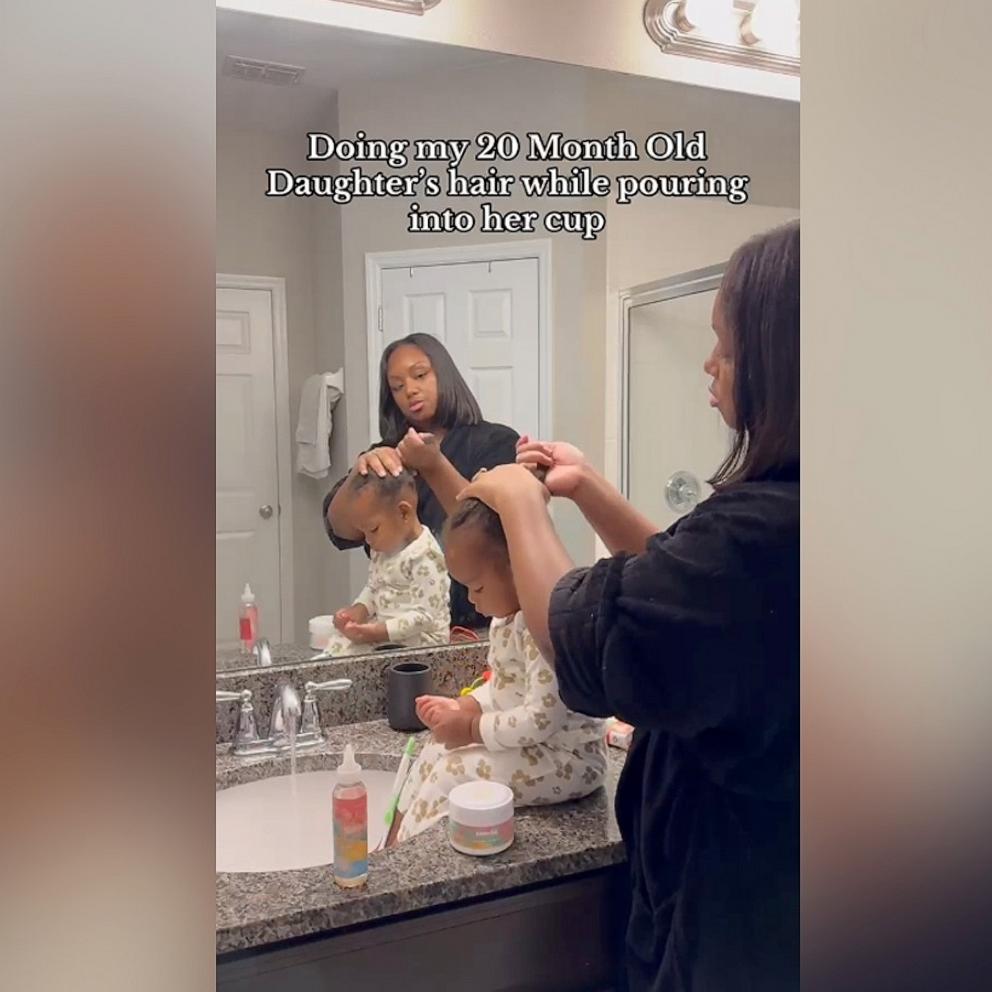What parents can do to keep kids safe in light of kidnapping attempts
Authorities confirmed this week that Charlotte Sena, a 9-year-old, was found safe about 48 hours after she went missing in a New York state park while riding her bike.
According to police, Charlotte was abducted from the Moreau Lake State Park in Saratoga County on Saturday evening, but was found in good health on Monday. A 47-year-old man has since been charged with her kidnapping and allegedly holding her in the cabinet of a camper he lived in behind his mother's house.
Charlotte is one of the dozens of children who go missing in the United States each year. In 2022, nearly 100 children were abducted by a non-family member, according to the National Center for Missing and Exploited Children, and kidnapping attempts like Charlotte's are every parent's worst nightmare.

Callahan Walsh, the executive director of the National Center for Missing and Exploited Children, said Charlotte's parents made the right move when they notified authorities after they realized the 9-year-old was missing.

"The only person that did anything wrong in this case is the abductor and Charlotte's parents did everything right," Walsh said. "They called law enforcement immediately when they realized something was wrong."
What to do when a child goes missing
Walsh said there is a common misconception that one needs to wait at least 24 hours before reporting a child missing, which he said is "simply not true."

"Not only did [Charlotte's parents] report her [missing] right away, they provided photos of her, recent photos, including a photo of the shirt that she was even wearing that day. The most important tool when it comes to the recovery of a child is usually a photo of that child. So, the parents being able to recall height, weight, hair color, eye color, even providing those photos and contacting law enforcement right away is likely the reason that she's home safe now," Walsh added.
Safety lessons for kids
Before an incident occurs, Walsh also recommends parents talk to their children about safety and "stranger danger."

"We've got to start early in talking to our kids about safety and making sure that it's simple messaging and easy for them to understand," Walsh said.
He added, "There's programs out there like KidSmartz that use the four rules of personal safety, but we [also] want to point out who are adults that children can go to in a time of need."
Walsh said children should know the adults and places they can go to for help, that traveling in a group can be safer, and basic information such as their full name, address, telephone number and how to call 911.
Additionally, Walsh said using a family code word can be a simple but effective way to keep everyone safe.
"It's a great trick. I had one when I was little. It was 'Sesame Street.' I think I'm old enough now to be able to reveal that secret password," Walsh explained. "But as we saw in [Maddison Raines'] case, it works. These little tips and tricks [are] how we keep our children safe."
Like Charlotte, Maddison Raines was nearly abducted in 2018 while riding her bike. Maddison, then 10, was proactive and said that when she was approached by the would-be kidnapper, she asked the man for the secret code word her family had come up with just months before.
"I didn't know what he would do to me," Maddison recalled in an interview with ABC News. "I went like, 'What's the code word?' And he just kinda froze his face and drove off."
Maddison's quick thinking may have helped save her life. Her mom Brenda James said her daughter's story can be an example for other young kids. "It's OK to ask that question ... not everyone's your friend," James said.
If kids find themselves in any dangerous or uncomfortable situations, Walsh said they should not be afraid of saying no. They can also draw attention to themselves by kicking, screaming or using a whistle, and they can alert a trusted adult, such as a parent, teacher or police officer.
"First of all, if anyone tries to grab them or makes them feel sad, scared, confused or uncomfortable, they should go to a trusted adult," Walsh said. "They have a right to safety. They have a right to say no."
"So many kids are taught to respect their elders but again, if somebody makes them feel ... uncomfortable, tries to grab them, they have the right to say no and fight back and then they should go tell a trusted adult what had happened," he added.
Technology can help
Technology can also help parents track and teach children safety tips. Walsh said there are multiple options on the market today and recomends them for parents and families considering them.

"There are GPS trackers. There are watches that are two-way communication, just between the parent and the child. Some have fixed [phone] numbers the child could call mom, dad and maybe grandma or grandpa," Walsh said. "I recommend any family that feels the need to use something like this to go out [and get one], because there really are some some great pieces of technology that can help keep our children safe."







